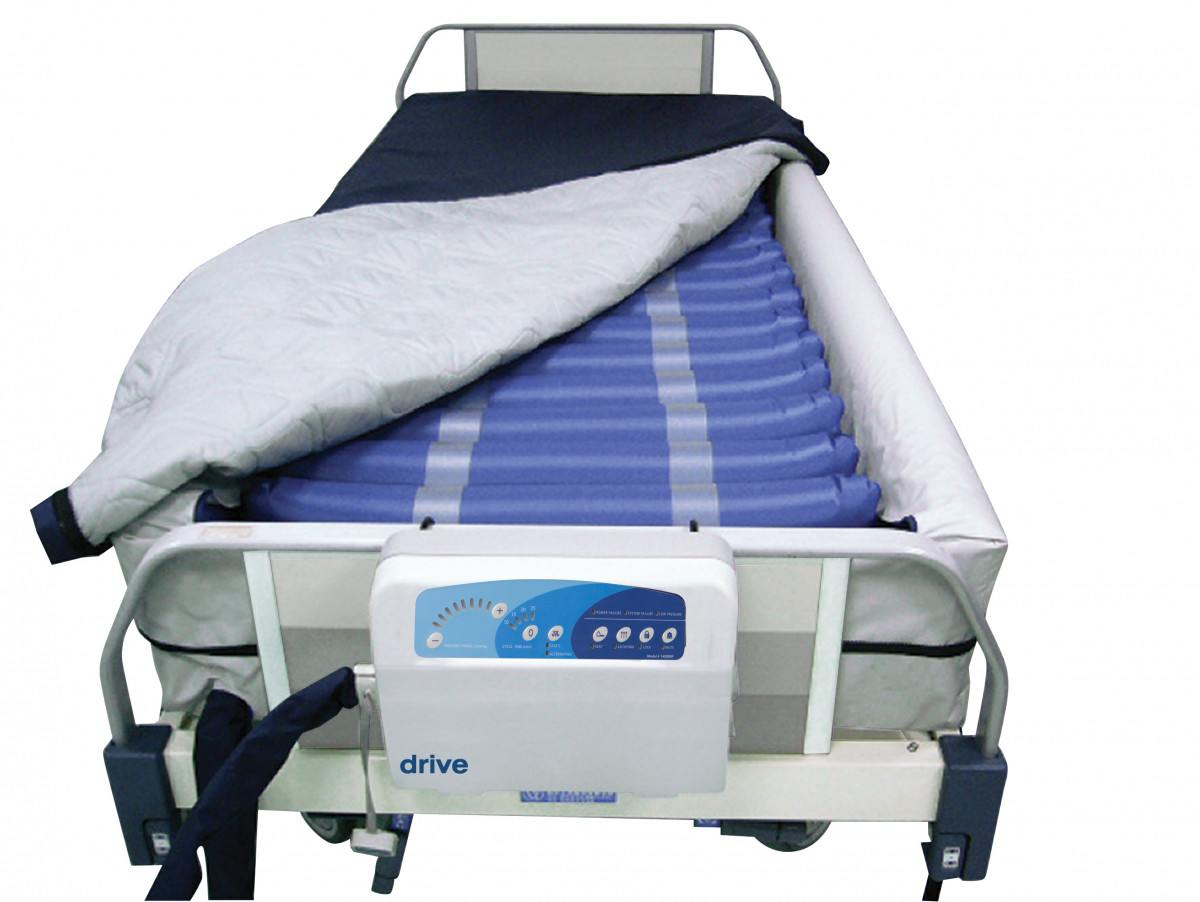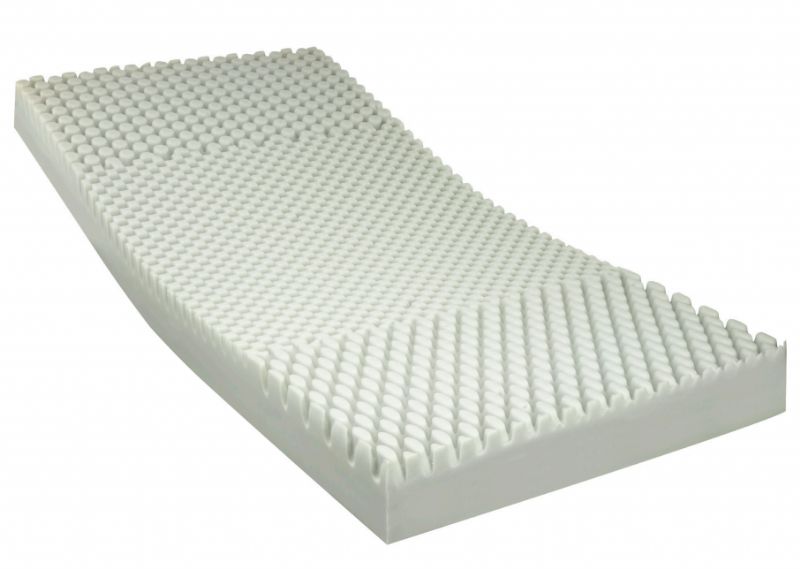Alternating pressure mattresses are specially designed to prevent pressure ulcers and bedsores in patients who are bedridden or have limited mobility. These mattresses use a system of air cells that inflate and deflate in a cyclical pattern, redistributing pressure and promoting blood flow. This helps to prevent the formation of pressure points on the body, which can lead to skin breakdown and ulcers.
One of the main benefits of alternating pressure mattresses is their ability to reduce the risk of pressure ulcers. These mattresses are often used in hospitals and long-term care facilities to provide comfort and support to patients who are unable to reposition themselves regularly. They are also commonly used in home care settings for patients who are bedridden or have limited mobility due to injury or illness.Alternating Pressure Mattresses
Low air loss mattresses are designed to provide a consistent flow of air through the mattress to keep the patient's skin cool and dry. These mattresses are particularly beneficial for patients who are at risk of developing pressure ulcers or have existing skin conditions. They work by reducing the amount of moisture and heat that builds up on the surface of the skin, which can lead to skin breakdown and discomfort. One of the main advantages of low air loss mattresses is their ability to provide pressure relief while also promoting skin health. The constant flow of air through the mattress helps to maintain the skin's integrity and prevent the formation of pressure ulcers. These mattresses are also adjustable, allowing for individualized pressure settings to suit each patient's needs.Low Air Loss Mattresses
Static air mattresses are similar to traditional mattresses, but they are made with air-filled chambers instead of foam or springs. These mattresses provide a firm and stable surface for patients, while also redistributing pressure and promoting blood flow. Static air mattresses are a popular choice for both hospital and home care settings, as they are affordable and easy to use. One of the main benefits of static air mattresses is their ability to provide pressure relief while still offering a supportive and comfortable surface for patients. These mattresses are also lightweight and easy to move, making them a convenient option for caregivers and healthcare professionals.Static Air Mattresses
Bariatric air mattresses are designed for patients who are overweight or obese. These mattresses are typically wider and longer than standard hospital beds and can support a higher weight capacity. They also use a system of air cells to redistribute pressure and promote blood flow, reducing the risk of pressure ulcers. One of the main advantages of bariatric air mattresses is their ability to provide comfort and support for larger patients. These mattresses are also equipped with additional safety features, such as reinforced edges and higher weight capacities, to ensure the safety and well-being of the patient.Bariatric Air Mattresses
Self-inflating air mattresses are a convenient option for patients and caregivers, as they do not require an external air source to inflate. These mattresses use a built-in pump that automatically inflates the air cells, providing a comfortable and supportive surface for the patient. They are often used in home care settings and are a popular choice for patients who need to travel. One of the main benefits of self-inflating air mattresses is their ease of use. These mattresses can be easily transported and set up in different locations, making them a practical option for patients who are on the move. They are also adjustable, allowing for individualized pressure settings for maximum comfort and support.Self-Inflating Air Mattresses
Non-powered air mattresses do not require electricity or an external air source to function. These mattresses use a series of foam or air-filled chambers that are strategically placed to redistribute pressure and promote blood flow. Non-powered air mattresses are a cost-effective option for patients who are at risk of developing pressure ulcers. One of the main advantages of non-powered air mattresses is their simplicity and low maintenance. These mattresses do not require any electricity or external air source, making them a practical and affordable option for patients and caregivers. They are also lightweight and easy to clean, making them a popular choice for home care settings.Non-Powered Air Mattresses
Hybrid air mattresses combine the features of both foam and air mattresses to provide a supportive and comfortable surface for patients. These mattresses use a combination of foam and air cells to redistribute pressure and promote blood flow. They are often used in hospitals and long-term care facilities for patients who require a high level of pressure relief and support. One of the main benefits of hybrid air mattresses is their ability to provide both comfort and support. The foam layer offers a stable and firm surface, while the air cells provide pressure relief and promote blood flow. These mattresses also come in various thicknesses and firmness levels, allowing for individualized comfort and support.Hybrid Air Mattresses
Low profile air mattresses are a popular choice for patients who need to be closer to the ground for safety reasons. These mattresses are designed to be thinner and lower to the ground than traditional mattresses, allowing for easier transfers and reducing the risk of falls. They also use a system of air cells to redistribute pressure and promote blood flow. One of the main advantages of low profile air mattresses is their safety features. These mattresses are particularly beneficial for patients who are at risk of falling out of bed or have mobility issues. They are also lightweight and easy to move, making them a practical option for caregivers and healthcare professionals.Low Profile Air Mattresses
Pressure redistribution air mattresses are designed to evenly distribute the patient's weight over the surface of the mattress, reducing the risk of pressure ulcers. These mattresses use a combination of air cells and foam layers to provide both comfort and support. They are commonly used in hospitals and long-term care facilities for patients who are at high risk of developing pressure ulcers. One of the main benefits of pressure redistribution air mattresses is their ability to reduce the pressure on specific areas of the body. These mattresses are particularly beneficial for patients who are immobile or have limited mobility, as they help to prevent the formation of pressure points and ulcers. They are also adjustable, allowing for individualized pressure settings for maximum comfort and support.Pressure Redistribution Air Mattresses
Therapeutic air mattresses are designed for patients who require a high level of care and support. These mattresses use advanced technology and a combination of air cells and foam layers to provide a therapeutic surface for patients. They are often used in intensive care units and for patients with severe pressure ulcers or other medical conditions. One of the main advantages of therapeutic air mattresses is their ability to provide a high level of pressure relief and support. These mattresses are equipped with advanced features, such as pulsating air cells and adjustable pressure settings, to promote healing and improve patient comfort. They are also designed to accommodate medical equipment and assist with patient positioning, making them a crucial component of patient care in hospitals and long-term care facilities.Therapeutic Air Mattresses
The Importance of Choosing the Right Air Mattress for Hospital Beds

Comfort and Support
 When it comes to hospital beds, comfort and support are essential for patients' well-being and recovery. This is where the type of air mattress used can make a significant difference.
Air mattresses designed for hospital beds are specifically engineered to provide maximum comfort and support for patients, ensuring a restful and comfortable sleep.
They are designed with multiple air pockets that can be adjusted to the patient's desired firmness, providing personalized support and reducing pressure points.
When it comes to hospital beds, comfort and support are essential for patients' well-being and recovery. This is where the type of air mattress used can make a significant difference.
Air mattresses designed for hospital beds are specifically engineered to provide maximum comfort and support for patients, ensuring a restful and comfortable sleep.
They are designed with multiple air pockets that can be adjusted to the patient's desired firmness, providing personalized support and reducing pressure points.
Prevention of Bedsores
 Bedsores, also known as pressure ulcers, are a common problem for patients who are bedridden. These painful wounds are caused by prolonged pressure on the skin, and they can be prevented by using the right air mattress.
High-quality air mattresses for hospital beds are designed with pressure redistribution systems that help evenly distribute the patient's weight, reducing the risk of bedsores.
These mattresses also have low air loss technology, which helps to keep the skin cool and dry, preventing the buildup of moisture that can lead to bedsores.
Bedsores, also known as pressure ulcers, are a common problem for patients who are bedridden. These painful wounds are caused by prolonged pressure on the skin, and they can be prevented by using the right air mattress.
High-quality air mattresses for hospital beds are designed with pressure redistribution systems that help evenly distribute the patient's weight, reducing the risk of bedsores.
These mattresses also have low air loss technology, which helps to keep the skin cool and dry, preventing the buildup of moisture that can lead to bedsores.
Infection Control
 Hospital-acquired infections (HAIs) are a significant concern for patients and healthcare facilities alike.
Choosing the right air mattress for hospital beds can play a crucial role in infection control.
Some air mattresses are designed with antimicrobial properties that help prevent the growth of bacteria and fungi, reducing the risk of HAIs. Additionally, these mattresses are easy to clean and disinfect, making them a hygienic choice for hospital settings.
Hospital-acquired infections (HAIs) are a significant concern for patients and healthcare facilities alike.
Choosing the right air mattress for hospital beds can play a crucial role in infection control.
Some air mattresses are designed with antimicrobial properties that help prevent the growth of bacteria and fungi, reducing the risk of HAIs. Additionally, these mattresses are easy to clean and disinfect, making them a hygienic choice for hospital settings.
Weight Capacity and Durability
 Hospital beds are used by patients of varying weights and sizes, so it is essential to choose an air mattress that can accommodate different weight capacities.
High-quality air mattresses for hospital beds are designed to support a wide range of weight capacities, ensuring the safety and comfort of all patients.
These mattresses are also durable and can withstand frequent use and movement, making them a cost-effective option for healthcare facilities.
In conclusion,
choosing the right air mattress for hospital beds is crucial for patients' comfort, support, and overall well-being.
With the variety of options available, it is essential to consider factors such as pressure redistribution, infection control, weight capacity, and durability when selecting an air mattress. By investing in a high-quality air mattress, healthcare facilities can provide their patients with a comfortable and healing sleep experience.
Hospital beds are used by patients of varying weights and sizes, so it is essential to choose an air mattress that can accommodate different weight capacities.
High-quality air mattresses for hospital beds are designed to support a wide range of weight capacities, ensuring the safety and comfort of all patients.
These mattresses are also durable and can withstand frequent use and movement, making them a cost-effective option for healthcare facilities.
In conclusion,
choosing the right air mattress for hospital beds is crucial for patients' comfort, support, and overall well-being.
With the variety of options available, it is essential to consider factors such as pressure redistribution, infection control, weight capacity, and durability when selecting an air mattress. By investing in a high-quality air mattress, healthcare facilities can provide their patients with a comfortable and healing sleep experience.

















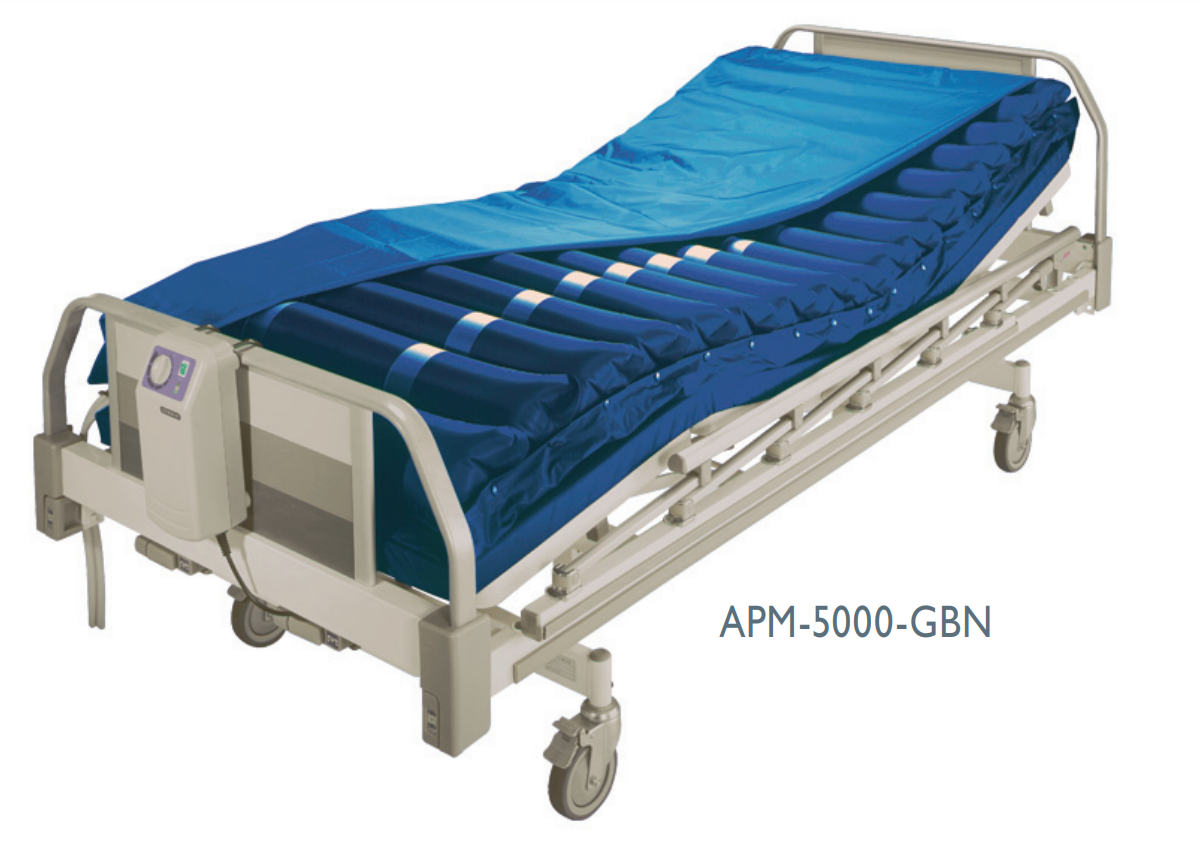


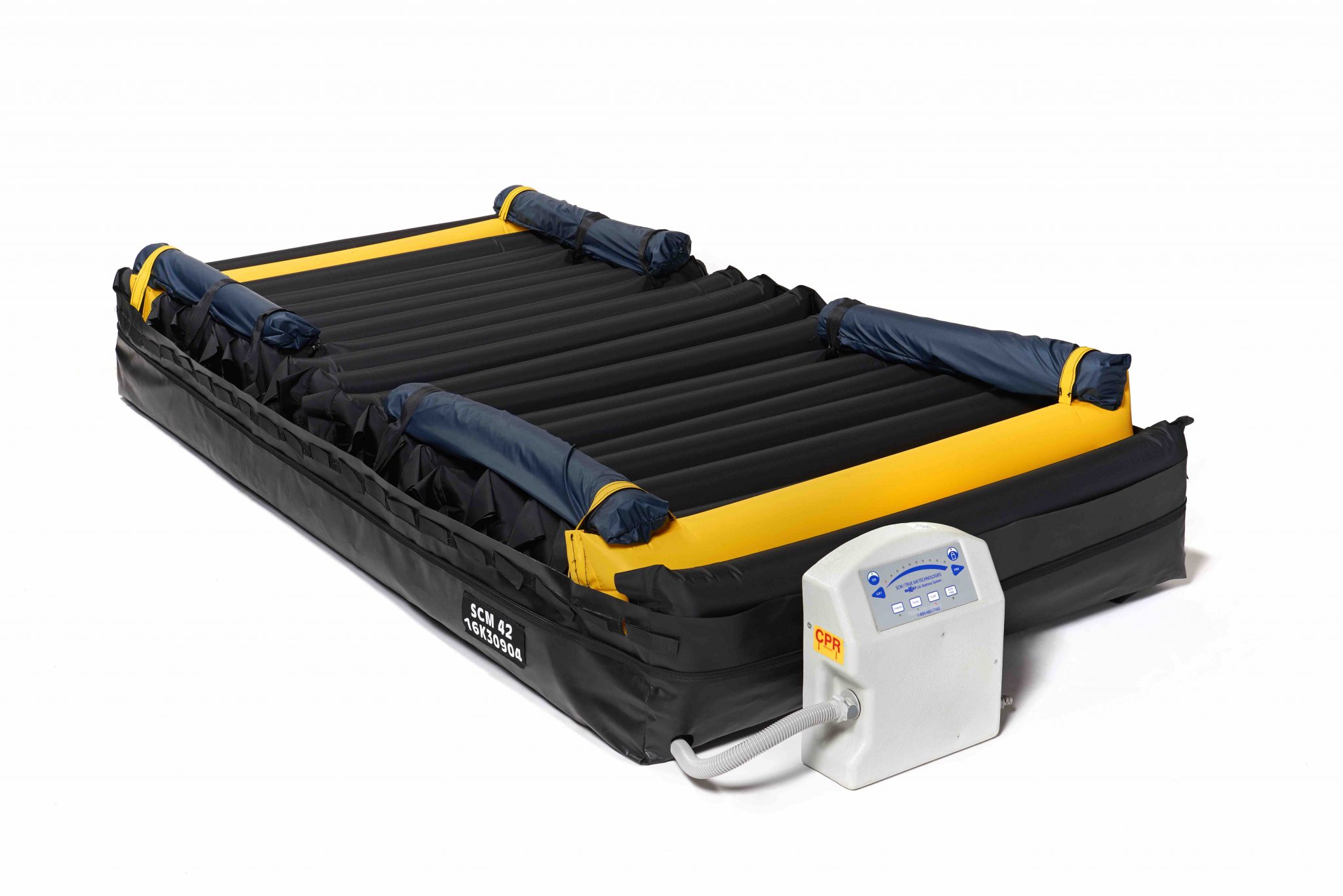





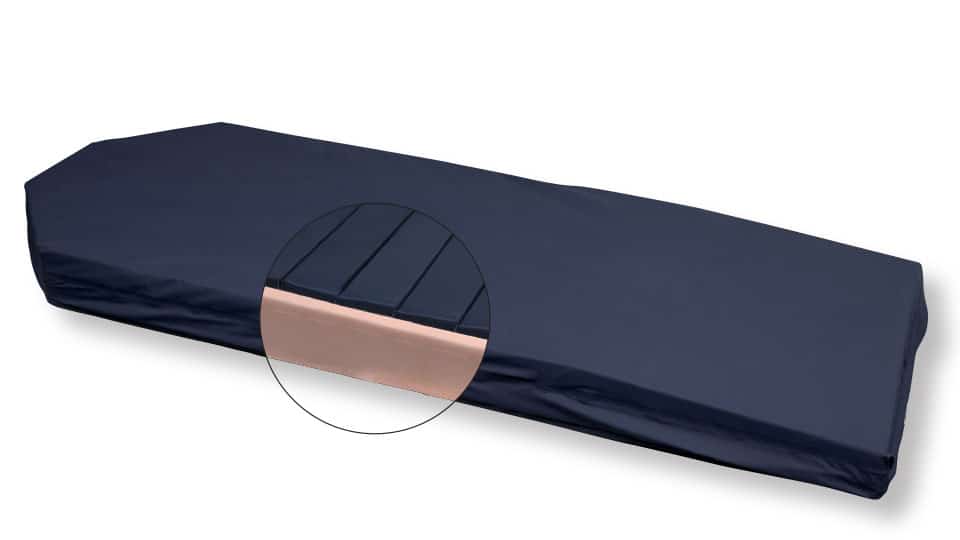



























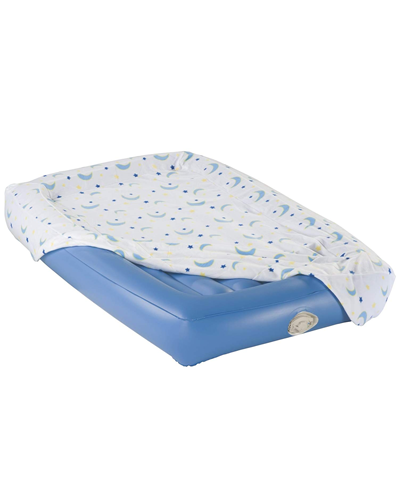














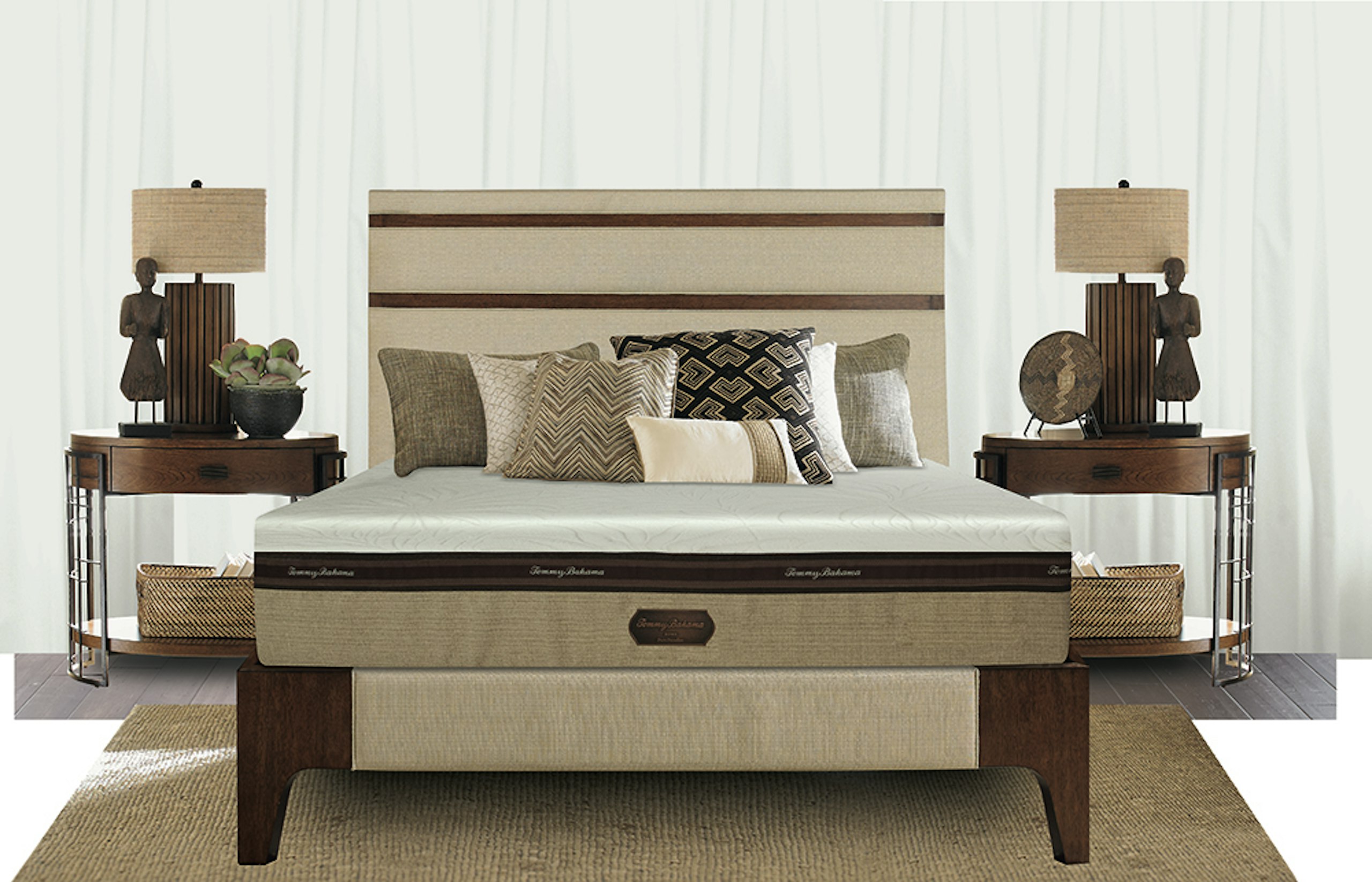


/GettyImages-1206142623-3dcc300bd742421cbfa943f534ebac2c.jpg)








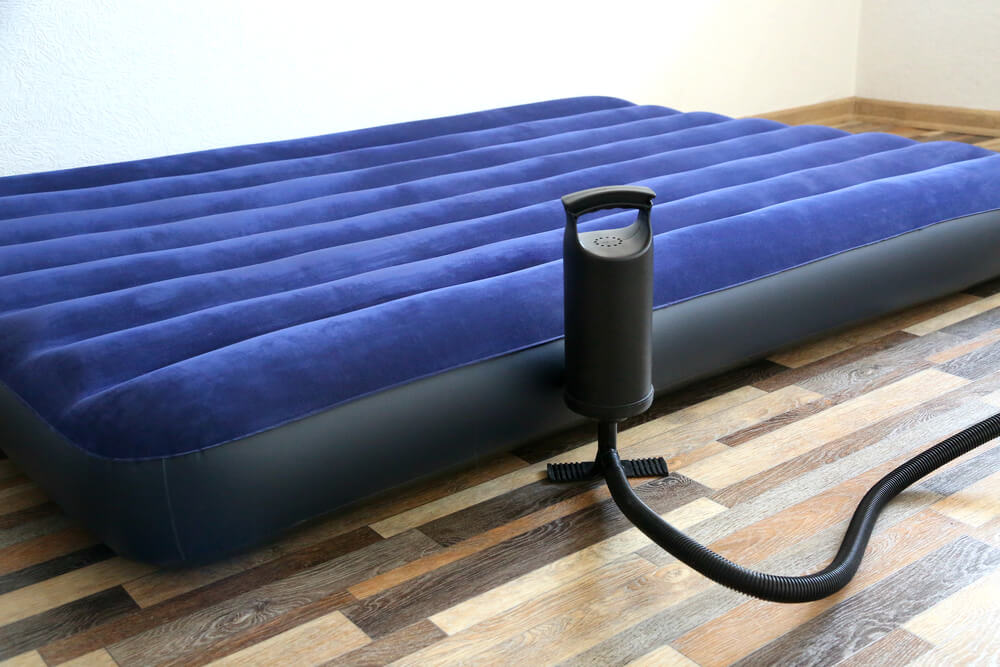

%202011/gravity%208.jpg)


